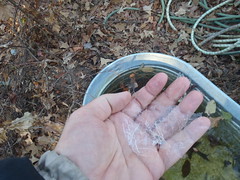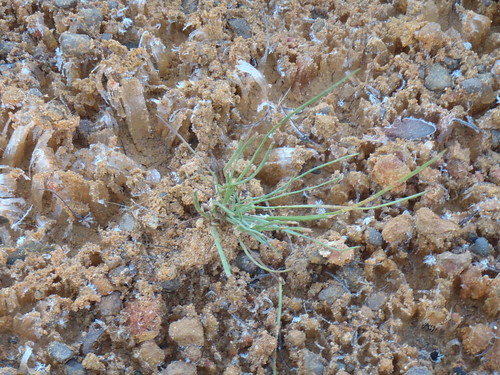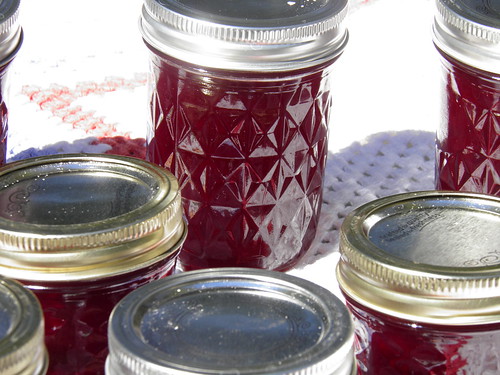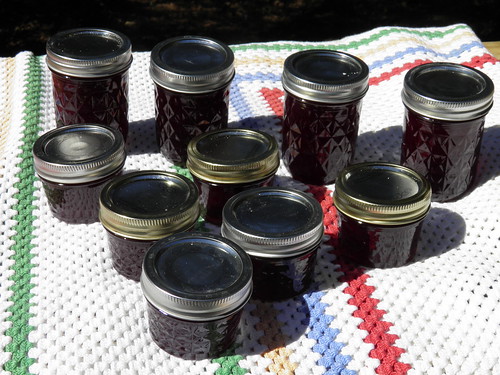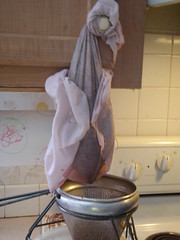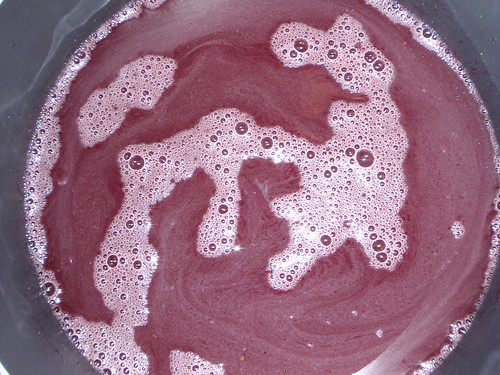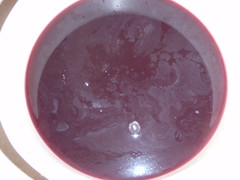Further, William Bartram did mention it in his Travels of 1791, as
French mulberry.
Curiously, even though Google books does have Bartram’s book,
ngrams doesn’t seem to show French mulberry for that date,
but does show American mulberry.
Even more curious, William Bartram’s father, John Bartram,
corresponded with Linnaeus, the founder of modern
botanical terminology.
The currently most popular name is beautyberry, which turns out to be related to the scientific genus name, Callicarpa: Greek kalli means beautiful, and Karpos means fruit.
The plant has all sorts of uses: Continue reading







